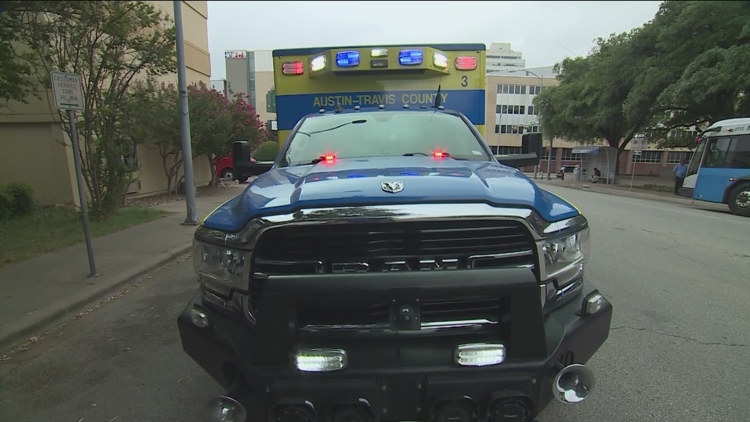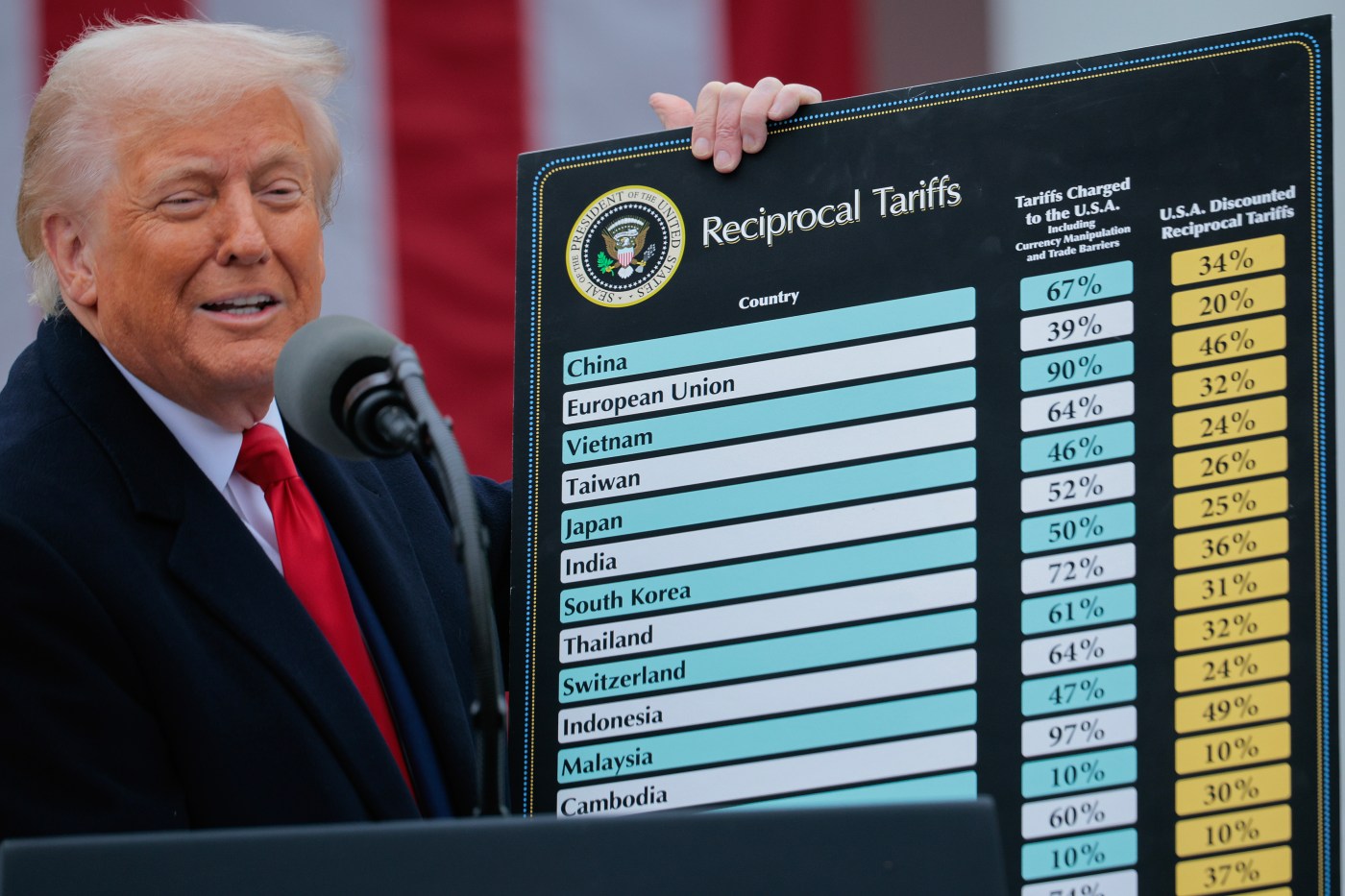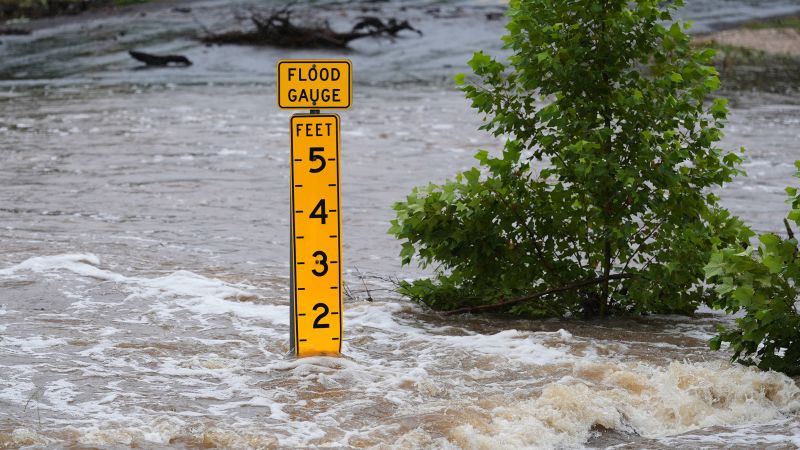Austin Proposes Budget Cuts Amid Revenue Shortfall Concerns

The City of Austin has unveiled a revised budget proposal that includes significant cuts to various departments, including a notable reduction of over $6 million from the Emergency Medical Services (EMS). This adjustment comes in the wake of voters rejecting Proposition Q, which aimed to increase property taxes by approximately 20% for the current fiscal year. The outcome of this vote has left the city grappling with a shortfall exceeding $109 million in property tax revenue.
In response to this budget crisis, the city plans to implement cuts totaling $38 million from social services contracts, alongside reductions of $5.2 million from Parks and Recreation and $3.7 million from the Municipal Court. The proposed budget has faced opposition from several community members and organizations, including Matt Mackowiak, Co-Chair of Save Austin Now, who criticized the city’s approach, stating, “This initial budget does not meet the moment. It does not honor and respect the message voters were sending.”
One of the most alarming aspects of the budget proposal is the substantial cut to the EMS, which has left its leadership, including James Monks, President of the Austin EMS Association, feeling shocked and disappointed. “We’re solving a lot of problems for the city, and it just kind of makes us feel a little bit unappreciated, honestly,” Monks remarked. He further expressed concern that these cuts would lead to fewer medics on the streets, ultimately resulting in slower response times to emergencies.
Monks highlighted the ongoing challenges faced by the EMS department, noting that limited budget increases in recent years have not kept pace with the demands placed on the service. “I feel like the city always wants to demand that we run lean, but they don’t, and I think that’s a problem,” he said, emphasizing the need for a reassessment of the budget in the future.
In efforts to mitigate the impact of budget constraints, the city has initiated a pilot program designed to optimize EMS dispatching. This program allows a single paramedic to respond to certain calls in an SUV, rather than deploying an ambulance staffed with two paramedics. Monks noted that this approach aims to reduce operational costs, but ongoing budget cuts may hinder its effectiveness.
The city has struggled with staffing shortages, leading to what Monks described as “rolling brownouts,” where ambulances are taken out of service due to insufficient personnel. He warned that the current budget proposal exacerbates this issue, putting additional strain on an already overworked team. “People are already facing burnout, they’re already overworked, they’re already tired, and now this is just another blow to that,” he added.
Despite the difficult financial landscape, Mackowiak underscored the importance of maintaining adequate funding for public safety services. “If the first thing you want to do, after Prop Q, is to cut public safety, city leaders have another thing coming,” he stated, emphasizing that public safety is paramount in any community. He urged city council members to prioritize funding for emergency services, particularly in light of the critical nature of response times during emergencies.
The revised budget proposal also includes a 3.5% property tax increase, the maximum allowed without voter approval, which is projected to generate an additional $5.25 million in revenue. Councilmember Ryan Alter acknowledged the difficult choices facing city leaders, noting that the budget must reflect the realities of the missing revenue. “We are going to try to minimize the damage, but it is going to hurt real people,” Alter said.
The proposed budget increases funding for the Homelessness Strategy Office by approximately $3.7 million, highlighting a shift in priorities amid the budgetary constraints. City council members are scheduled to review the proposed budget in a meeting on November 20, 2023, with a vote expected shortly thereafter.
As the city navigates through these financial challenges, the community awaits the outcome of the proposed budget and its potential implications for public safety and essential services.






